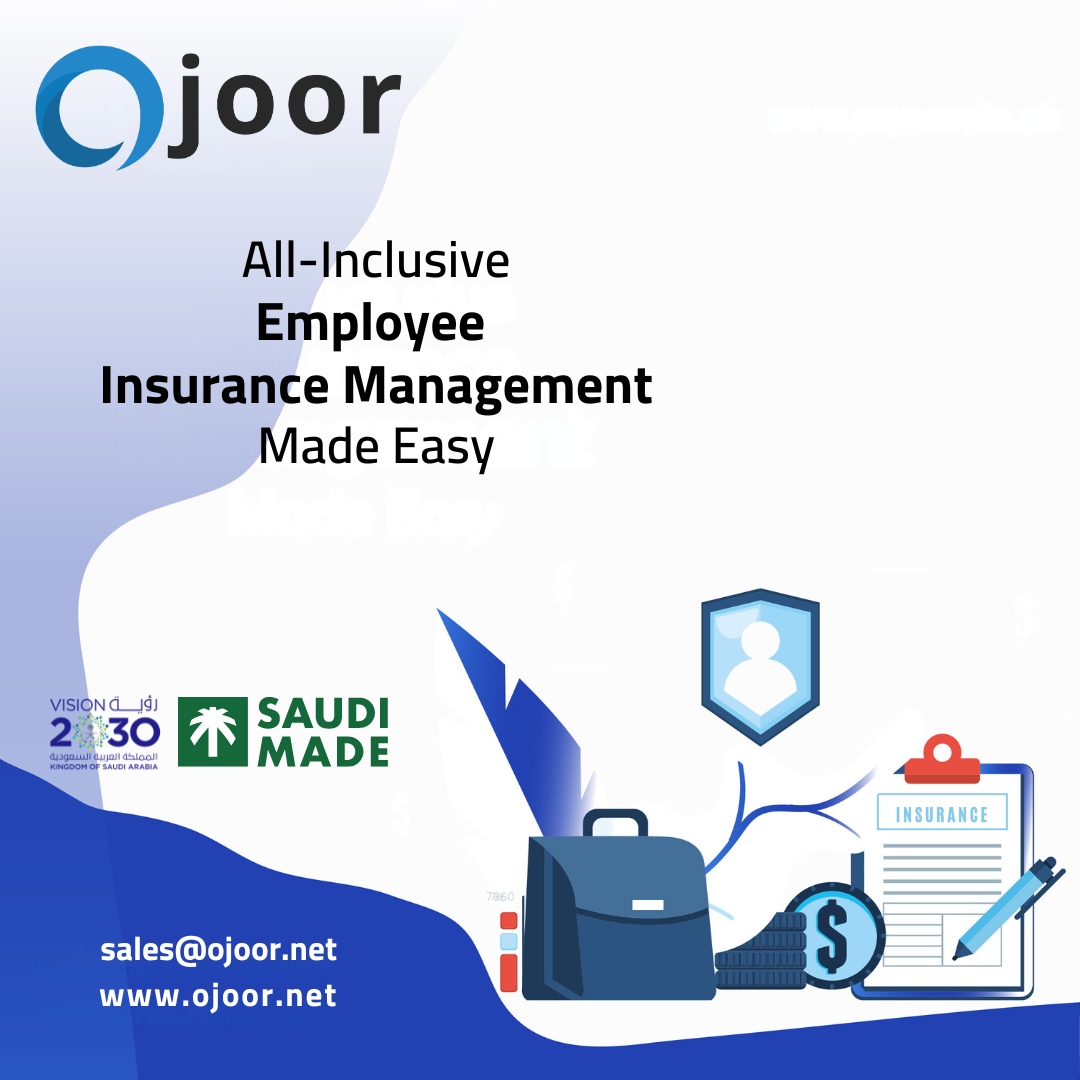Ojoor # 1 is one of the top HR planning a dynamic process that involves forecasting, analyzing, and strategizing to align workforce capabilities with organizational goals and objectives. To navigate this complex terrain effectively, HR professionals must consider a myriad of factors that influence HR planning processes. In this article, we’ll explore the key factors that shape HR planning processes and their impact on organizational success.
Click to Start Whatsapp Chatbot with Sales
Mobile: +966547315697
Email: sales@Ojoor.net
Ojoor #1 HR Planning

What factors influence HR planning processes?
Organizational Strategy and Goals
The foundation of HR planning is rooted in the organizational strategy and goals. HR professionals must understand the strategic direction of the organization, including its mission, vision, values, and long-term objectives. By aligning HR planning efforts with organizational strategy, HR professionals can develop workforce strategies that support and advance the organization’s goals. Whether the organization is focused on growth, innovation, cost leadership, or customer service excellence, HR planning ensures that human capital initiatives are closely aligned with strategic priorities.
Business Environment and Market Trends
The business environment and market trends exert a significant influence on HR planning processes. HR professionals must monitor macroeconomic factors, industry dynamics, technological advancements, and regulatory changes that impact workforce demand and supply. Economic fluctuations, industry disruptions, and emerging market trends can affect talent acquisition, retention, and development strategies. By staying abreast of external factors, HR professionals can anticipate changes in the labor market, adapt to shifting business conditions, and proactively address talent challenges.
Workforce Analysis and Talent Needs
Workforce analysis and talent needs assessment are essential components of HR planning processes. HR professionals must conduct thorough analyses of current workforce capabilities, skills inventory, and talent gaps. By identifying critical skill shortages, succession risks, and competency requirements, HR professionals can develop targeted recruitment, training, and development strategies to address talent needs. Workforce planning techniques such as workforce segmentation, scenario planning, and skills forecasting enable HR professionals to align talent supply with demand and ensure that the organization has the right talent in the right roles at the right time.

What factors influence HR planning processes?
Demographic Trends and Workforce Diversity
Demographic trends and workforce diversity considerations play a crucial role in shaping Leave Management System processes. HR professionals must recognize the changing demographics of the workforce, including generational shifts, workforce aging, and increasing workforce diversity. By understanding the unique needs, preferences, and expectations of diverse workforce populations, HR professionals can design inclusive HR policies, programs, and initiatives that attract, retain, and engage a diverse talent pool. Embracing workforce diversity enhances organizational agility, innovation, and competitiveness in today’s global marketplace.
Technological Advancements and Digital Transformation
Technological advancements and digital transformation initiatives have profound implications for HR planning processes. HR professionals must leverage technology solutions, such as HRIS (Human Resource Information Systems), ATS (Applicant Tracking Systems), LMS (Learning Management Systems), and AI (Artificial Intelligence) tools, to streamline HR processes, enhance workforce analytics, and improve decision-making. Automation, data analytics, and predictive modeling enable HR professionals to gain insights into workforce trends, identify talent patterns, and make data-driven decisions to optimize workforce management strategies.
Regulatory Compliance and Legal Requirements
Regulatory compliance and legal requirements shape HR planning processes by imposing obligations and constraints on workforce management practices. Human Resource Development must navigate a complex web of labor laws, employment regulations, and industry standards that govern recruitment, hiring, compensation, benefits, and workplace conditions. Compliance with laws such as EEO (Equal Employment Opportunity), FMLA (Family and Medical Leave Act), FLSA (Fair Labor Standards Act), and GDPR (General Data Protection Regulation) is essential to mitigate legal risks and ensure ethical and fair treatment of employees.
Economic and Financial Considerations
Economic and financial considerations exert a significant influence on HR planning processes, particularly in resource allocation and budgeting decisions. HR professionals must balance workforce needs with budgetary constraints, revenue projections, and cost management objectives. Economic downturns, budget cuts, and financial constraints may necessitate workforce downsizing, restructuring, or outsourcing strategies. Conversely, periods of growth, expansion, or investment may require increased investment in talent acquisition, training, and development initiatives to support organizational growth objectives.
Organizational Culture and Values
Organizational culture and values shape HR planning processes by defining the norms, beliefs, and behaviors that guide employee interactions and decisions. HR professionals must understand the organization’s culture, values, and employer brand to develop HR strategies that resonate with employees and reinforce cultural alignment. By promoting a positive work environment, fostering employee engagement, and upholding organizational values, HR planning contributes to building a strong employer brand and a cohesive organizational culture that attracts and retains top talent.
Conclusion
In conclusion, HR planning processes are influenced by a myriad of factors that shape workforce strategies and organizational outcomes. From organizational strategy and goals to business environment dynamics, demographic trends, technological advancements, regulatory compliance, economic considerations, and organizational culture, HR professionals must consider a broad range of factors when developing HR plans and initiatives. By understanding and adapting to these factors, HR professionals can navigate the complexities of the modern workforce landscape and drive organizational success through effective HR planning processes.
Click to Start Whatsapp Chatbot with Sales
Mobile: +966547315697
Email: sales@Ojoor.net
HR Planning
HR Planning
HR Planning
What factors influence HR planning processes? similar software solutions prices were updated on 2024-04-27T12:36:59+00:00 in Saudi Arabia in Mecca, Medina, Riyadh, Khamis Mushait, Yanbu, Jeddah, Dammam, Unaizah, Uqair, Ha’il, Ta if, Al Bahah, Dhahran, King Abdullah Economic City, Najran, Diriyah, Qatif, Khafji, Jubail, Abqaiq, List of Cities and Towns in Saudi Arabia, Ras Tanura, Turubah, Jazan Economic City, Knowledge Economic City, Medina, Khobar, Abha, Tabuk, Saudi Arabia, similar software solutions prices were updated on 2024-04-27T12:36:59+00:00 We also provide in Saudi Arabia services solutions company in Hafar Al-Batin, Udhailiyah, Al-Awamiyah, Hofuf, Hautat Sudair, Buraidah, Tayma, Duba, ‘uyayna, Saihat, Al-Kharj, Al-ula, Jizan, Rumailah, Ar Rass, Arar, Shaybah, Al Majma’ah, Rabigh, Dhurma, Haradh, List of Saudi Cities by Gdp Per Capita, Badr, Sudair Industrial City, Baljurashi, Shaqraa, Al-Khutt, Habala, Ad Dawadimi, Dawadmi, Layla, similar software solutions prices were updated on 2024-04-27T12:36:59+00:00 Price is SAR 100 and this was updated on updated on 2024-04-27T12:36:59+00:00 similar What factors influence HR planning processes? software solutions prices were updated on 2024-04-27T12:36:59+00:00 in Saudi Arabia in Haql, Afif, Al-Abwa, Farasan, Al-Jaroudiya, Thadig, Al-Thuqbah, Al Wajh, Almardmah, Al-Zilfi, Muzahmiyya, Prince Abdul Aziz Bin Mousaed Economic City, Tharmada’a, Skaka, Um Al-Sahek, Sharurah, Tanomah, Bisha, Dahaban, Al Qunfudhah, Qurayyat, Saudi Arabia, Ha’ir, as Sulayyil, Al Lith, Turaif, Al-Gway’iyyah, Samtah, Wadi Ad-Dawasir, Az Zaimah, Safwa City, Jalajil, Harmah, Mastoorah, Hotat Bani Tamim, Jabal Umm Al Ru’us, Rafha, Qaisumah, Al-Ghat, Hajrah, Al-Hareeq. Excerpt: Jeddah (also spelled Jiddah, Jidda, or Jedda; Arabic: Jidda) is a Saudi Arabian city located on the coast of the Red Sea and is the major urban center of western Saudi Arabia similar software solutions prices were updated on 2024-04-27T12:36:59+00:00 Price is SAR 100 and this was updated on updated on 2024-04-27T12:36:59+00:00
27-2-2024



